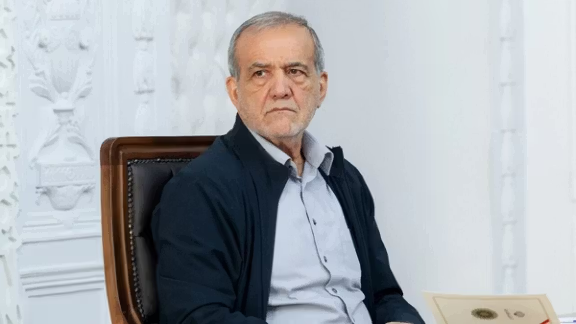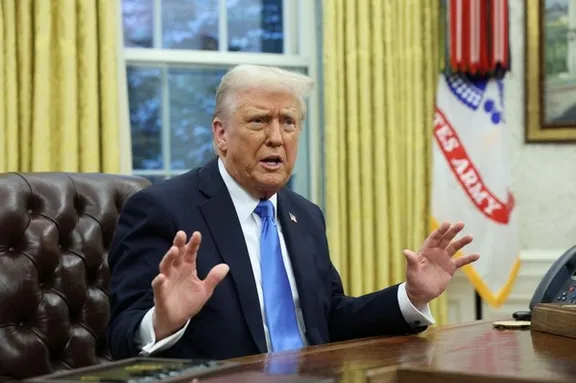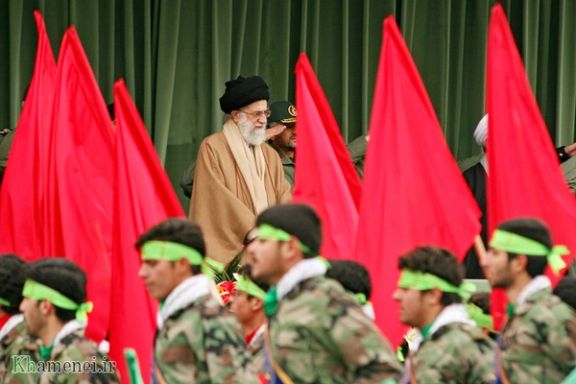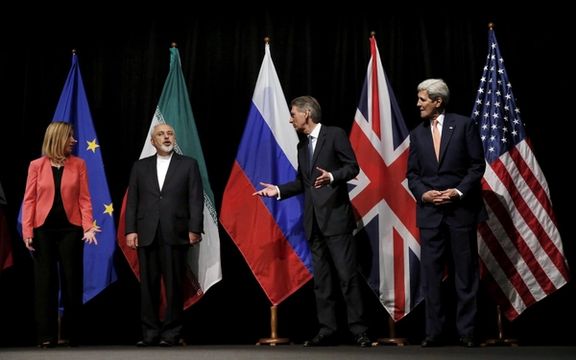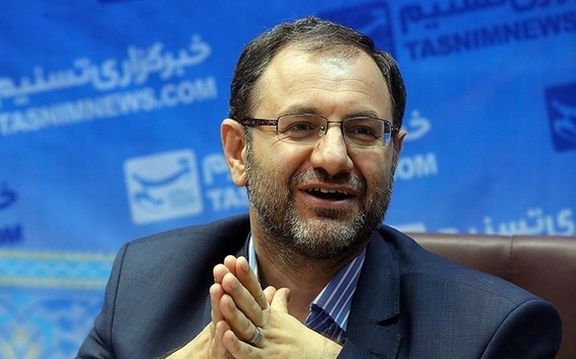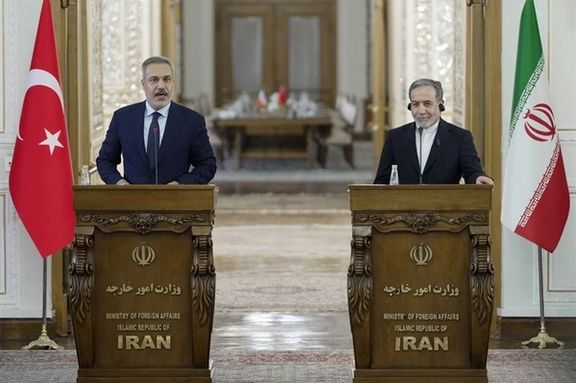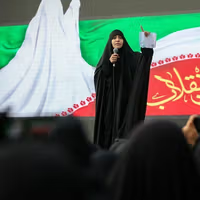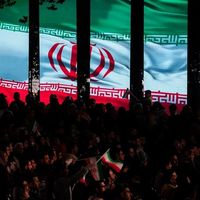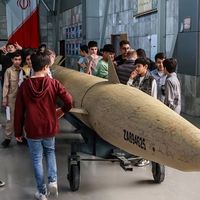Detainees in the notorious lockup outside Tehran rejected their food rations for the third consecutive day, sources told Iran International.
Several inmates fainted on the third day of the strike, according to videos from inside the prison shared online.
"The Islamic Republic is carrying out a massacre in this prison," one inmate said in a video sent to Iran International, describing the continuation of the collective hunger strike in protest against death sentences.
The strike comes as Iran has executed at least 1,172 people this year, according to the US-based Abdorrahman Boroumand Center for Human Rights in Iran.
The protests began on Monday in wards 1 and 2 after the transfer of a group of prisoners to solitary confinement.
At least 19 prisoners had been moved to solitary confinement pending their execution this week, 11 of them on drug-related charges and three on murder convictions, according to US-based rights group Human Rights Activists News Agency (HRANA).
The prison has seen a sharp rise in executions in recent weeks, according to HRANA.
'We will all be killed'
Prisoners in Ward 4 issued a statement describing the daily transfer of their cellmates to solitary confinement, saying they have “no choice left but to protest and go on strike.”
“There is not a single day when our cellmates are not taken to solitary confinement for execution. If we are left alone after these protests, we will all be killed,” the statement added.
Death-row inmates at the prison, in a separate statement published on Iranian rights activist Golrokh Iraee’s X page, said nearly 1,500 prisoners were on strike and called on the public to support their cause and gather outside the prison to protest the rising number of executions.
"These are the most agonizing moments of our lives and those of our families — suffering that has gone on for years. This situation has become unbearable for us," the statement said.
"Our only refuge as prisoners is you, the dear people of Iran. Execution is not our right... Take action against executions in Iran. Raise your voices. Gather outside the prisons and do not let them execute prisoners," it added.
Five executed in one day
Iran’s judiciary-affiliated Mizan News Agency on Wednesday said that three men — Amirreza Ghobadi, Majid Hatami, and Sajjad Hatami — were executed at Ghezel Hesar prison after being convicted of moharebeh (enmity against God) through armed robbery.
HRANA reported that two others convicted of murder were also executed on Wednesday in the same facility.
The five were among at least 19 inmates transferred to solitary confinement for execution.
One prisoner sentenced to death for the murder of Amir Mohammad Khaleghi, a University of Tehran student, was returned to his ward after the victim’s family granted a two-month reprieve.
There has been no information on the fate of the remaining prisoners transferred to solitary confinement.
Families join protest outside prison
On Tuesday night, families of death-row inmates gathered outside Ghezel Hesar Prison, holding photographs of their loved ones and chanting “do not execute” and “immediate abolition of the death penalty.”
The protest coincided with the No to Execution Tuesdays campaign.
The campaign entered its 90th week this Tuesday, with prisoners in 52 prisons across Iran joining the hunger strike.
The No to Execution Tuesdays campaign began in January 2024, launched by political prisoners in the prison to protest the rising number of executions across the country.
The initiative quickly gained momentum, spreading to dozens of prisons in Iran, including the women’s ward at Evin Prison, where inmates joined the weekly hunger strikes and issued statements calling for the abolition of the death penalty.
Ghezel Hesar’s record of executions
Located in the city of Karaj, west of Tehran, Ghezel Hesar is one of Iran’s largest and most notorious detention centers, where executions are routinely carried out.
In a report marking the World Day Against the Death Penalty last week, HRANA said at least 1,537 people were executed in Iran between October 2024 and October 2025, including 183 in Ghezel Hesar — the highest number recorded in any prison in the country.

